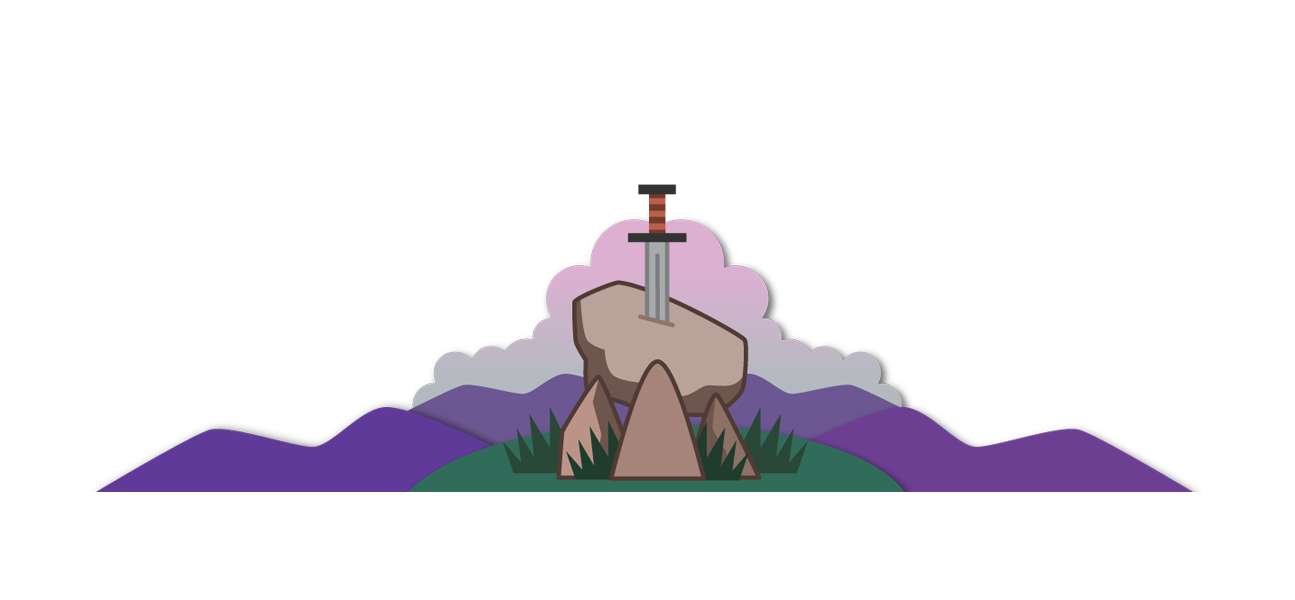

The second of two Arthurian locations in the Clwydian Mountain Range: Carreg Carn March Arthur (the ‘Stone of Arthur's Horse’s Hoof’). Possibly originally a Bronze Age standing stone and boundary marker, this slab has been laid flat and a distinctive arch built over it. A mounted plaque reads "The stone underneath this Arch Carreg Carn March Arthur was adjudged to be the boundary of the Parish and Lordship of Mold in the county of Flint and of Llanverres in the County of Denbigh by the High Court of Exchequer at Westminster 10th November 1763". A hoof-print shape is visible on the stone, and local legend states that it was left here by King Arthur’s horse Llamrai as they leapt from a nearby cliff to escape the invading Saxons. The stone lies adjacent to a footpath which leads to the Loggerheads Country Park.
Photo of Carreg Carn March Arthur - copyright Eirian Evans / Geograph
Carreg Carn March Arthur
-
- Region : North East Wales
- Grid Ref : SJ 20228 62660
- Google Map
- Add to your list
The second of two Arthurian locations in the Clwydian Mountain Range: Carreg Carn March Arthur (the ‘Stone of Arthur's Horse’s Hoof’). Possibly originally a Bronze Age standing stone and boundary marker, this slab has been laid flat and a distinctive arch built over it. A mounted plaque reads "The stone underneath this Arch Carreg Carn March Arthur was adjudged to be the boundary of the Parish and Lordship of Mold in the county of Flint and of Llanverres in the County of Denbigh by the High Court of Exchequer at Westminster 10th November 1763". A hoof-print shape is visible on the stone, and local legend states that it was left here by King Arthur’s horse Llamrai as they leapt from a nearby cliff to escape the invading Saxons. The stone lies adjacent to a footpath which leads to the Loggerheads Country Park.
Photo of Carreg Carn March Arthur - copyright Eirian Evans / Geograph

